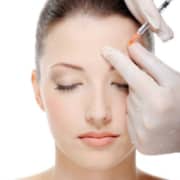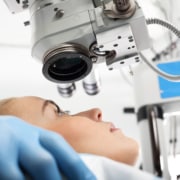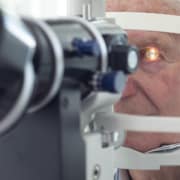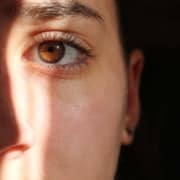How to Prepare for Juvederm Injections

Drink Pineapple Juice
This may sound like a bit of voodoo, but the natural enzymes in pineapple juice can help prevent you from swelling and bruising after your Juvederm injections. Try drinking one full cup of pineapple juice for three full days before your appointment— just make sure it’s not from concentrate.
Avoid Ibuprofen or Aspirin
Both ibuprofen and aspirin may be good at getting rid of pain and headaches, but they are also blood thinners— which are dangerous to take before getting injections. We encourage all of our patients to avoid these over-the-counter blood thinning medications for about five days before the procedure.
Avoid Herbal Supplements
In addition to avoiding ibuprofen and aspirin, we encourage all of our patients to avoid taking herbal supplements like Vitamin E, fish oil, Ginkgo Biloba, Garlic, Ginseng, and St. John’s Wort for about one week prior to your procedure. Although these supplements have many health benefits, they can also be natural blood thinners.
Preparing for Juvederm injections is easy and straightforward. By using the three tips listed above, you can have a more enjoyable injection experience. To learn more about Juvederm or to schedule a consultation appointment, contact Dr. Jeffrey Maehara today!









 With the holidays in full swing, if you haven’t yet started your holiday shopping, you need to jump on it so that you can get everyone in your life something that they will love and remember. As one of the hardest people to shop for, make sure that you get your spouse something they will thank you for and not hold over your head during your next big argument. Luckily, Dr. Jeffrey Maehara’s office has several unique gifts that you can give to your spouse that they will praise you for.
With the holidays in full swing, if you haven’t yet started your holiday shopping, you need to jump on it so that you can get everyone in your life something that they will love and remember. As one of the hardest people to shop for, make sure that you get your spouse something they will thank you for and not hold over your head during your next big argument. Luckily, Dr. Jeffrey Maehara’s office has several unique gifts that you can give to your spouse that they will praise you for.




